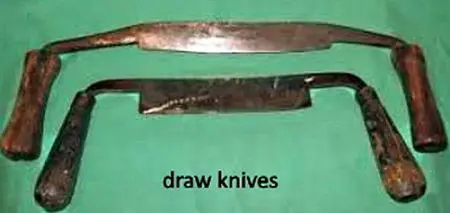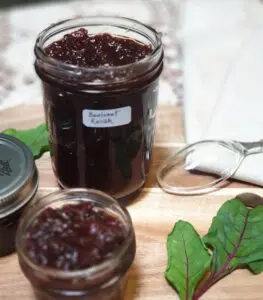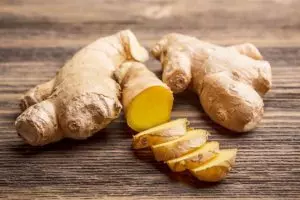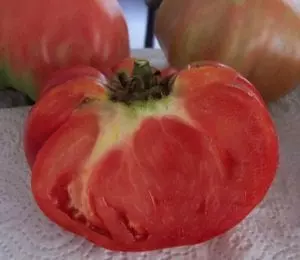These days it’s difficult to be completely self-sufficient, but we can all make strides towards self-sufficiency in lots of little ways. Vegetable gardens, fruit tree orchards and keeping animals for their eggs or milk or meat are important places to start.
But what about when we want to take it a bit further? There will always be things we need to buy, there’s no escaping that. Yet we can reduce our consumer spending and reliance on overseas-produced goods by buying high-quality local handmade products.
In decades past, many tools and home goods were made to last, and if they broke, they could be repaired. Farms and smallholdings were sometimes days away from any shop, so people had to make do and mend-literally. These days so much of what we use is plastic or mostly plastic. Shovels, axes, pitchforks, chainsaws, wheelbarrows, trowels, trellising…the list goes on and on.

In relative terms, these consumer goods are now far cheaper than they were 50 or 100 years ago, but are of a lower quality. Big box stores are never far away, and it’s all too easy to get into the mindset of ‘oh I’ll just buy another one, it was cheap anyway’.
Buying good quality handmade goods will save you money and time in the long run. Sure, purchasing higher quality will cost you more initially; but the savings will far outweigh the financial cost in the long term. Items that last for decades and don’t need repair make for a more sane existence, in my opinion.
There are a few things I wish I’d had the forethought to buy when I first realised their value to me.

I discovered that animal leather, if properly stored, will always hold its value. I think the general quality will never be as good as it is today and it’s a versatile product with so many uses on a homestead or smallholding.

Well-made brushes with quality natural bristles are an invaluable tool for me. I love the old-style hardwood and pig bristle hand brushes. I remember that a good handmade straw broom used to cost $A20-25 before the factory local to me closed down. Now, over ten years later, with younger family members running the business, that same broom costs $90. Time has marched on and local goods are no longer cheap. Raw materials are much harder to source and cost more than they used to. Labour and business overheads have also increased, adding further to the cost.

However, who would have thought 20 years ago that there was a need to buy durable handmade goods like tools to protect against todays inflation? We may have cursed the depreciation of quality when manufacturing moved offshore. But who would have said ‘instead of putting that money in the bank, I’ll go and buy 100 reed bristle hand brushes, 100 straw brooms, 20 sides of rawhide leather and 25 secondhand axes?’ You’d have been thought mad AND a hoarder!

An old but well-maintained axe picked up at a car boot or garage sale is worth many new cheap axes. Modern versions can break easily and may not sharpen well. For those who appreciate quality design and workmanship in their tools, a good old axe is worth its weight in gold. If you buy an axe off the shelf today, it will be better quality than the one you buy next year or the year after. I believe this to be true for most consumer goods. As time goes by, they are made to fit a pricepoint so the quality decreases. They want you to come back and buy another, so inherent flaws or planned obsolescence are deployed in the design so the item breaks after minimal use.

Handmade tools of great quality are still made today. The ages-old tradition of blade-making has continued, with adzes, knives, axes, hatchets and the like all available. They will cost a lot of money, but are handmade with a high degree of craftsmanship and skill.
One last thought- never use your working capital to buy goods for the future when it leaves you short now. If goods are purchased now, they need to be made use of now. Buying things now to store for the future isn’t a smart way to use your money.













